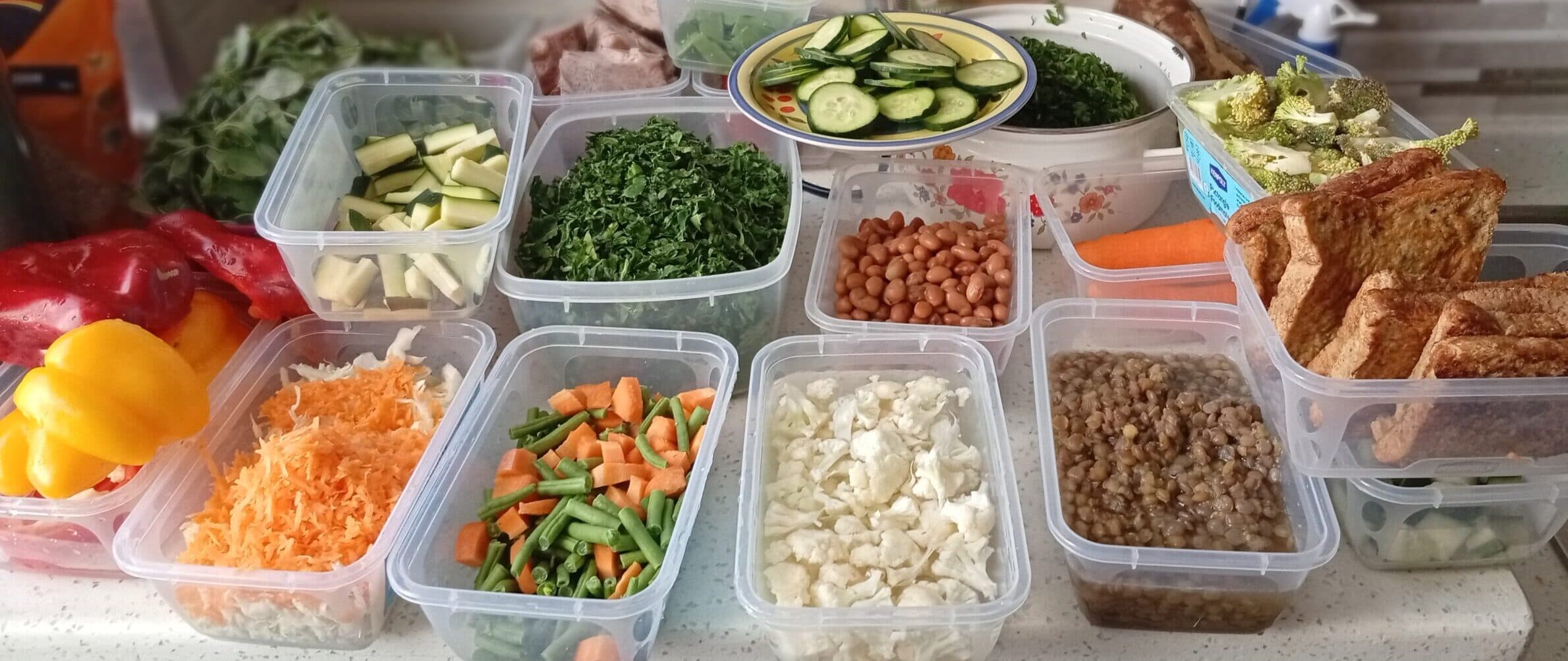Have you ever found yourself staring at an empty fridge, wondering what to eat, and eventually grabbing whatever’s easiest (and often unhealthiest)? If so, meal prepping might just be your new best friend. Far from being just a trendy hashtag, meal prepping is a game-changer for anyone looking to save time, eat healthier, and reduce stress during the week. Let’s dive into how you can make meal prepping work for you—without it feeling like a chore.
Why Meal Prep?
- Saves Time: Imagine cooking just once or twice a week but having meals ready to go every day. That’s the magic of meal prepping. No more daily debates about what’s for dinner or endless hours in the kitchen.
- Supports Healthy Eating: When meals are planned and prepped ahead, you’re less likely to reach for fast food or processed snacks. It’s easier to stick to balanced, nutritious meals when they’re ready and waiting.
- Saves Money: Prepping meals in advance reduces the temptation to order takeout or buy expensive convenience foods. Plus, you can plan meals around sales and seasonal produce.
- Reduces Food Waste: How often do you throw out vegetables that you forgot about in the back of the fridge? Meal prepping ensures you use what you buy, cutting down on waste.
Getting Started with Meal Prepping
You don’t need to be a culinary expert or spend an entire weekend in the kitchen to master meal prep. Here’s how to start:
- Plan Your Meals
- Start with a simple plan: breakfast, lunch, and dinner for 3-5 days.
- Consider your schedule. Will you need grab-and-go options? Or do you prefer meals you can quickly heat and eat?
- Shop Smart
- Write a detailed grocery list based on your meal plan.
- Stick to the list to avoid buying unnecessary items.
- Opt for versatile ingredients like chicken, eggs, rice, and vegetables that can be used in multiple dishes.
- Prep in Batches
- Cook staples like grains, proteins, and roasted vegetables in bulk.
- Chop vegetables and fruits ahead of time for snacks or quick meal additions.
- Portion meals into individual containers for easy grab-and-go convenience.
- Invest in Good Containers
- Use airtight, microwave-safe containers to keep food fresh.
- Glass containers are great for reheating, while stackable plastic ones save space.
Tips to Keep It Interesting
- Switch Up the Flavors
- Use different seasonings and sauces to keep meals exciting.
- Include a Variety of Textures
- Combine crunchy, creamy, and chewy elements in your meals. Think roasted chickpeas with soft roasted sweet potatoes and a creamy sauce
- Prep Snack Packs
- Pre-portion nuts, trail mix, or veggie sticks with hummus for healthy, ready-to-eat snacks.
- Use Theme Days
- Plan theme-based meals to simplify decision-making. For example, “Meatless Monday,” “Taco Tuesday,” or “Stir-Fry Friday.”
A Sample Meal Prep Plan
Here’s an example of a simple 3-day plan:
- Breakfast: Overnight oats with almond milk, chia seeds, and fresh berries.
- Lunch: Grilled chicken, quinoa, and steamed broccoli with a lemon-garlic dressing.
- Dinner: Salmon and vegetable stir-fry over brown rice.
- Snacks: Boiled eggs, apple slices with peanut butter, and roasted almonds.
Meal Prepping Doesn’t Have to Be All or Nothing
You don’t have to prep every single meal for the week. Start small. Maybe just breakfast and lunch for a few days. Or focus on prepping ingredients rather than full meals—think cooked chicken, roasted veggies, and a pot of rice that you can mix and match throughout the week.
Conclusion
Meal prepping isn’t about perfection; it’s about creating a system that works for you. With a little planning, some creativity, and a dash of commitment, you can turn “What’s for dinner?” into an effortless decision. Ready to give it a try? Your future, stress-free self will thank you.








Responses (4 )